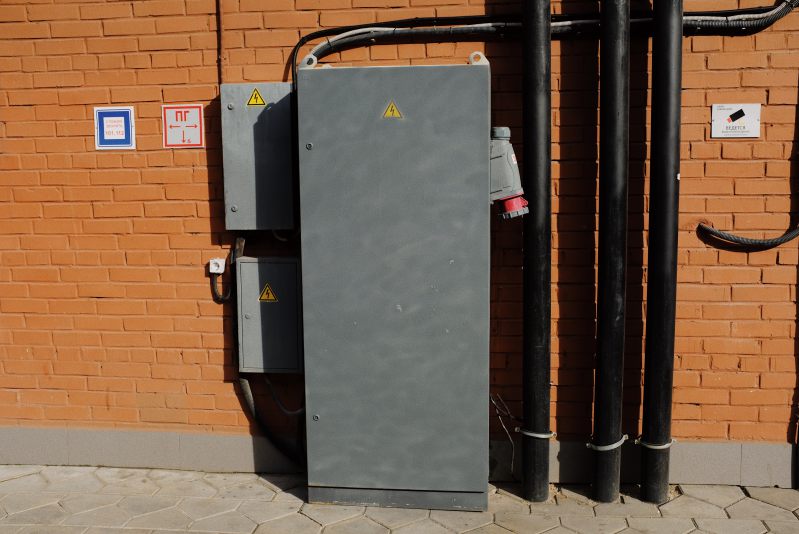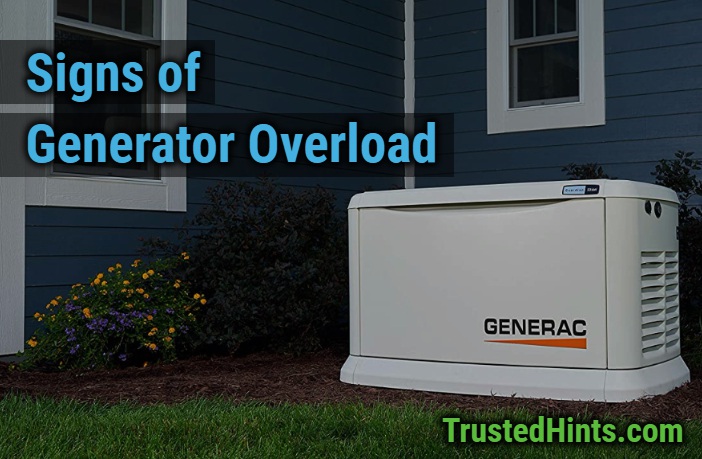Generators can provide convenience to homeowners — but misusing it can also easily lead to disasters. The Consumer Product Safety Commission shares that more than 900 individuals have died due to carbon monoxide emissions from generators between 2005 and 2017. In that period, around 15,400 people have also been brought to the emergency room due to generator misuse. Thus, homeowners are advised to look out for warning signs from their generators to avoid danger. To protect your home, pay attention to these possible signs of generator overload.


Overheat
Standby generators often use liquid cooling agents, like oil or coolant, to control internal temperature while supplying electricity. However, these may not be enough to decrease the machine’s temperature if it starts to overheat. So, if you notice that your generator is giving off excess heat, it may already be overloaded. Other home generator models might have cooling fans built-in. If this is the case with your model, listen for loud noises as this may be the fan overcompensating to try and cool down the machine.
While the generator’s PCB layout is designed to dissipate heat and manage internal thermal levels, this is insufficient when it produces too much heat. Thus, it’s important to pair your home generator with a circuit breaker. This device switches off your generator when it is prone to overloading.
Power Reduction
Another important warning sign of generator overload is a reduced output of power. You may notice that the machine is working poorly by generating less electricity supply than it normally would. This is because, unlike other engines, home generators are not designed to run for long periods of time. They have a limited load capacity, so they will pump out less electricity and run for a shorter time if you opt to push it to its limits.
Overloading your generator can compromise its electrical output in the long run. This will then cause it to heat up quicker and reduce its overall lifecycle, which is why it performs worse than normal. Thus, it’s important to only use the generator when necessary and to not let it run longer than the device’s recommended duration.
Soot Production
A dangerous sign of generator overload is soot production. It’s normal for generators to emit dark smoke because of the carbon particles being vaporized from the machine. However, homeowners must keep in mind that it’s not normal for generators to produce soot. Unlike the dark smoke from carbon particles, soot is a pollutant generated from burning hydrocarbon fuels. It’s also worth noting that it is a toxic substance that can cause breathing issues for people in the household.
Soot production is caused by multiple factors such as overheating, internal clogging, or inadequate filtering. As such, homeowners must protect themselves from soot pollutants by ensuring that their generator goes through regular maintenance.
Generators are a saving grace when homeowners need an electrical supply during outages or even natural disasters. However, make sure that you don’t overload your generator during these instances by maintaining the device and using it properly. As you’re generating electricity using the machine, it’s also important to look out for warning signs of generator overload. If as you notice any overheating, power reduction, or soot production, reduce the load of the generator and allow it to rest.




